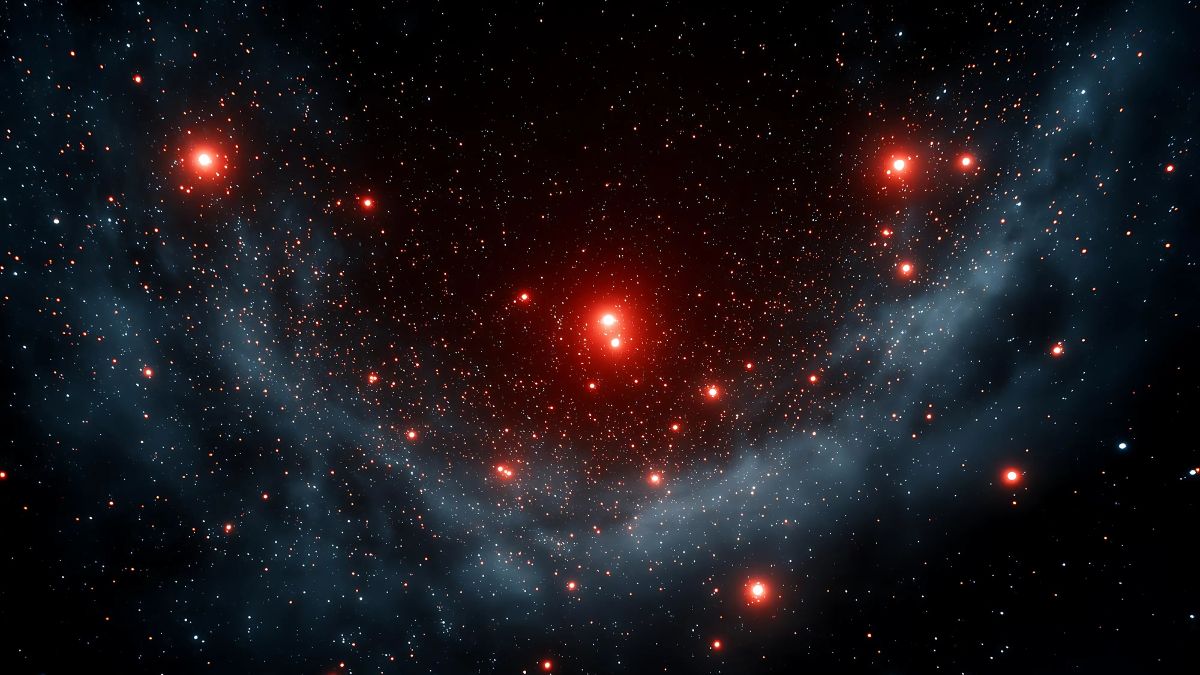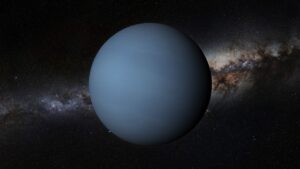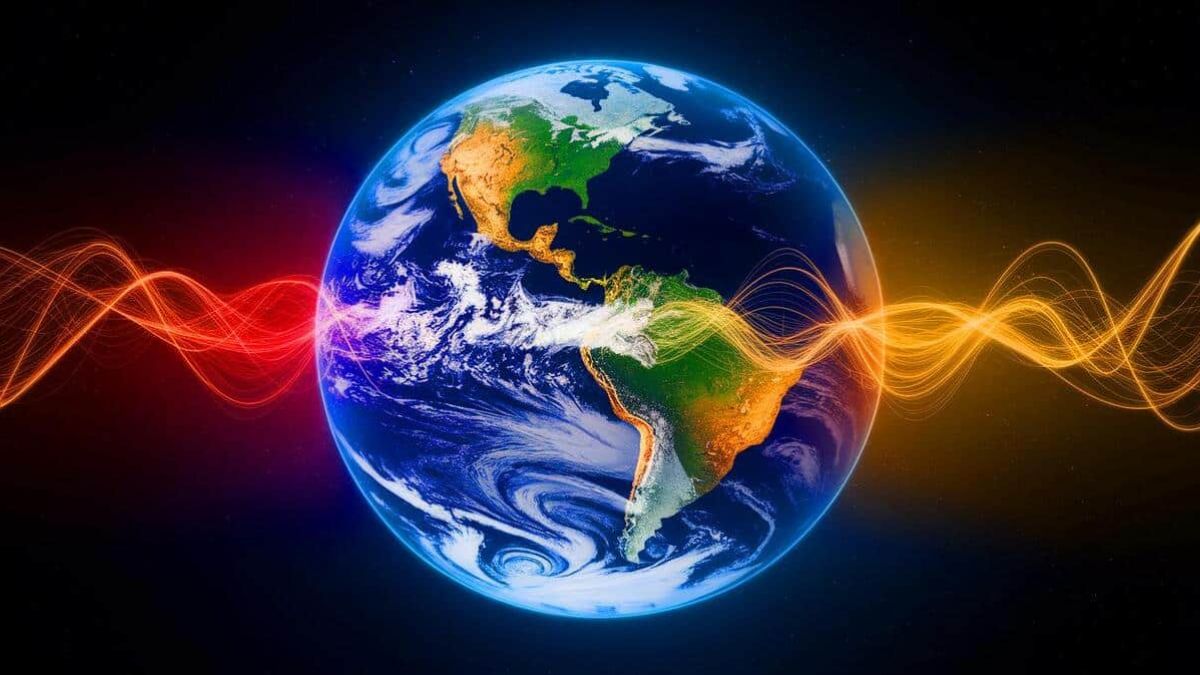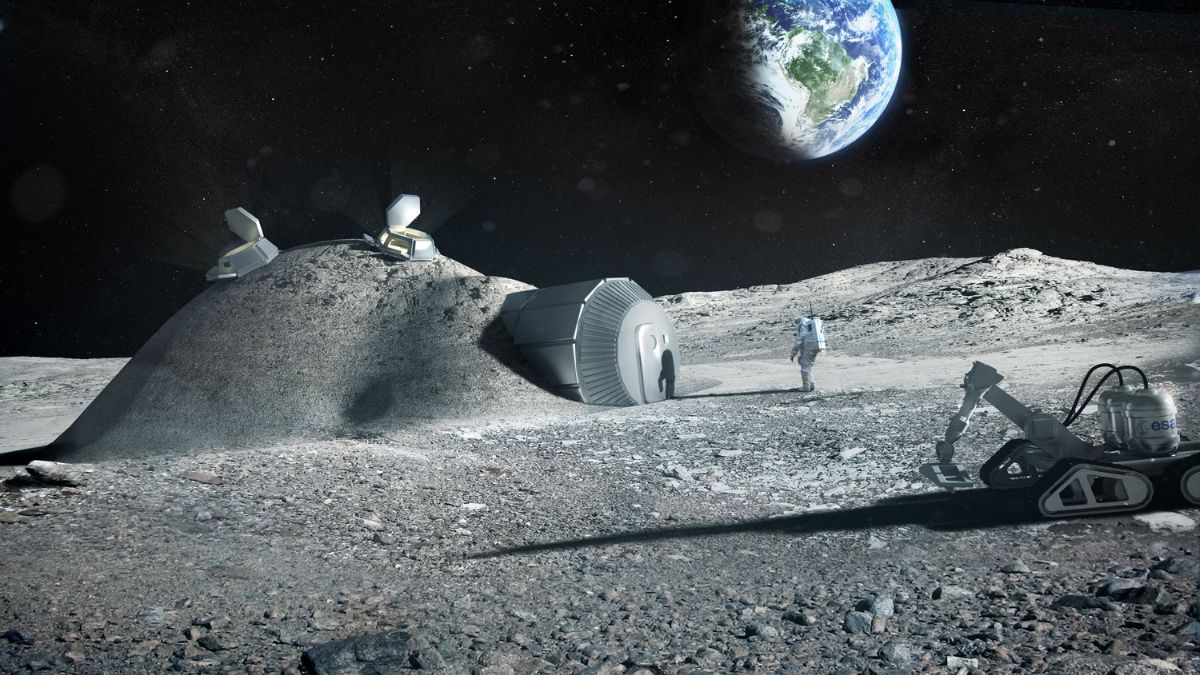Since the James Webb Space Telescope (JWST) began operations, it’s been on a roll—discovering the earliest galaxies, peering through cosmic dust, and surprising scientists at every turn. But among all the stunning finds, one mystery stands out: tiny reddish smudges scattered across deep space, now dubbed “Little Red Dots” (LRDs). They look harmless at first glance, but the more data astronomers gather, the stranger they seem.
Discovery
LRDs started turning up in images from surveys like CEERS, JADES, and NGDEEP. These dots aren’t nearby—they’re ancient. Some go back to when the universe was only 600 million years old. But here’s the weird part: they vanish by the time the universe is 1.5 billion years old. That’s a small window in cosmic terms.
Why do they appear only in this short time span? What exactly are they?
These questions kicked off a deeper investigation, and what astronomers found is now changing our understanding of early galaxy formation.
Motion
Using advanced spectroscopic tools, especially from the RUBIES survey, scientists made a shocking discovery—about 70% of these LRDs show signs of gas spinning at up to 2 million miles per hour. That kind of motion is usually seen in accretion disks—the swirling gas clouds falling into black holes.
So maybe these dots aren’t just distant galaxies. Maybe they’re young galaxies hiding fast-growing black holes.
Growth
Even stranger, LRDs don’t show strong X-ray emissions. That’s odd, because active black holes typically blast out X-rays. But if they’re buried in thick gas and dust, those rays could be blocked. What’s left? Infrared light—the exact kind JWST was built to detect.
Think of it like trying to spot a candle through a thick fog. You won’t see much visible light, but heat (infrared) can still leak through. That’s how JWST managed to reveal these galaxies that other telescopes missed.
Theory
So, what happens to LRDs after 1.5 billion years?
There’s a working theory: as galaxies evolve, star formation spreads from the core to the outer regions. The gas around the black hole thins out, revealing a more “normal” galaxy. It stops being a compact, red dot and becomes blue or neutral in color—no longer classified as an LRD.
Here’s how it likely plays out:
| Time After Big Bang | Galaxy Phase | Black Hole Activity |
|---|---|---|
| 600M yrs | LRD (Red Dot) | Rapid growth, gas-covered |
| 1B yrs | Transitional | Gas clearing, stars forming |
| 1.5B yrs+ | Normal Galaxy | Visible core, less infrared |
Insight
When these LRDs were first seen, some astronomers thought they broke the rules of cosmology. If their light came only from stars, it would mean galaxies were forming way too fast, way too early.
But thanks to JWST’s deep view, we now know the truth. Most of that light comes from hot material falling into black holes—not just stars. That changes everything. These galaxies aren’t as massive as we feared. They fit within current models—once we account for the hidden black holes.
Turns out, the universe wasn’t defying the rules. We just hadn’t looked deep enough. And now that we have, it’s opening up secrets we never imagined.
FAQs
What are Little Red Dots (LRDs)?
They’re compact galaxies with fast-growing black holes.
Why do LRDs only appear early in the universe?
They evolve quickly and lose their red appearance.
Do LRDs give off X-rays?
No, they’re likely obscured by thick gas and dust.
How fast is the gas moving in LRDs?
Up to 2 million mph, typical of black hole accretion.
Are LRDs a threat to cosmological theories?
No, they actually support existing galaxy formation models.























